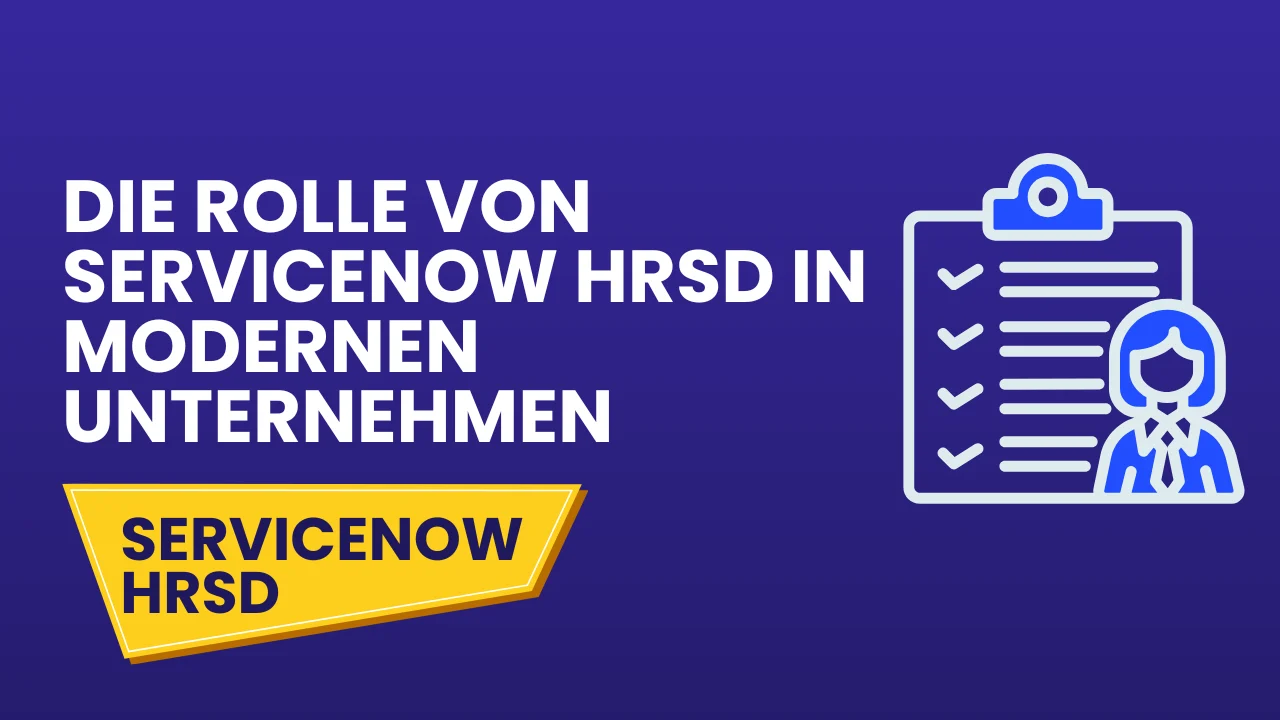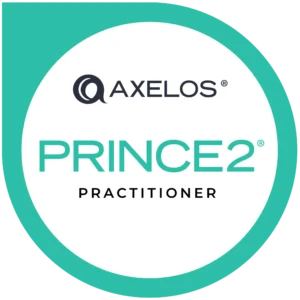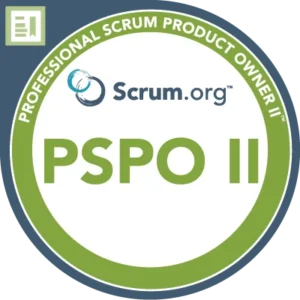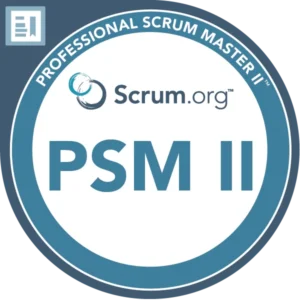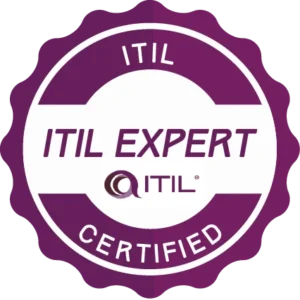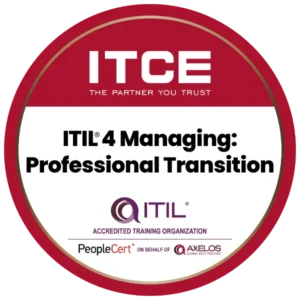HR is the backbone of every organization.
From onboarding new employees to managing benefits, resolving cases, and supporting day-to-day needs, HR services impact every worker.
But in many enterprises, HR is stuck in the past.
Manual processes dominate.
Employees chase answers across email, spreadsheets, and outdated portals.
HR teams drown in repetitive requests.
The result? Slow service. Poor visibility. Frustrated employees.
And when employees are frustrated, productivity and retention drop.
This is exactly where ServiceNow HR Service Delivery (HRSD) changes the game.
It transforms HR into a modern, digital-first function.
It standardizes processes, automates workflows, and delivers the same service excellence employees expect in their consumer lives.
In this article, we’ll explore:
- The common HR service challenges holding enterprises back.
- How ServiceNow HRSD addresses each one.
- The business impact of modernized HR service delivery.
The Problem: Common HR Service Challenges
Let’s start with the pain points.
1. Manual Case Handling
Most HR departments still run on email and spreadsheets.
Employees submit requests through unstructured channels.
HR spends hours tracking, categorizing, and resolving each one.
The impact?
- Slow response times.
- High error rates.
- No consistency across employees.
2. Poor Visibility and Tracking
In traditional setups, there’s no clear view of case status.
Employees wonder: “Has HR seen my request? When will I get an answer?”
HR leaders struggle to track workloads or identify bottlenecks.
The impact?
- Employees feel ignored.
- Managers lack insight into HR performance.
- Strategic decisions become guesswork.
3. Lack of Standardization
Different HR reps handle requests differently.
Two employees asking the same question may get two very different answers.
The impact?
- Inconsistent service.
- Compliance risks.
- Frustration across the workforce.
4. Overloaded HR Teams
HR teams are overwhelmed by repetitive, low-value queries.
“Where can I find my payslip?”
“How many vacation days do I have left?”
These routine tasks consume valuable HR capacity.
The impact?
- Burnout within HR teams.
- Less time for strategic initiatives like talent development.
5. Disconnected Systems
Enterprises often run multiple HR tools: payroll, benefits, performance management, recruitment.
Employees bounce between them, unsure where to go.
The impact?
- Poor user experience.
- Higher training and support costs.
- Limited cross-system reporting.
The Solution: How ServiceNow HRSD Transforms HR
ServiceNow HRSD reimagines HR service delivery.
It’s not just another ticketing system.
It’s an end-to-end platform designed to make HR fast, consistent, and employee-friendly.
Here’s how it tackles each pain point:
1. Case and Knowledge Management
Problem: Manual case handling wastes time.
Solution: HRSD introduces structured case management.
- Employees log requests in a central portal.
- Cases are automatically categorized and routed to the right HR team.
- HR teams use standardized workflows to resolve them.
Impact:
- Faster response times.
- Consistent, predictable answers.
- Fewer errors.
Knowledge Management adds another layer.
Employees can access FAQs, articles, and guides before even raising a case.
This deflects repetitive queries and empowers self-service.
Example: A global manufacturing firm cut HR email volume by 40% after deploying a knowledge base in HRSD.
2. Employee Service Center
Problem: Poor visibility into requests.
Solution: HRSD delivers a unified Employee Service Center.
- Employees track the status of their requests in real time.
- They use a single portal for all HR needs: benefits, payroll, onboarding, policies.
- HR leaders gain dashboards that show workloads, bottlenecks, and trends.
Impact:
- Transparency builds trust.
- Employees feel heard and supported.
- HR gains control and insight.
Example: A financial services company reported a 60% increase in employee satisfaction after centralizing HR services on one portal.
3. Process Standardization
Problem: Inconsistent handling of HR requests.
Solution: HRSD enforces standardized processes.
- Every request follows pre-defined workflows.
- Business rules and compliance requirements are baked in.
- Approvals, escalations, and SLAs are automated.
Impact:
- Every employee receives the same level of service.
- Compliance risks drop significantly.
- HR operates as a consistent, reliable function.
4. Automation and Virtual Agents
Problem: HR teams are overloaded by repetitive tasks.
Solution: HRSD automates routine work.
- Virtual Agents handle common queries 24/7.
- Simple requests (e.g., “reset my password”) are resolved without human involvement.
- Complex requests are automatically routed with complete context.
Impact:
- HR teams reclaim time for strategic initiatives.
- Employees get instant answers anytime, anywhere.
- Productivity increases across the board.
Example: A telecom provider reported a 50% reduction in HR case volume thanks to automation and virtual agents.
5. Integration with HR Systems
Problem: Disconnected systems confuse employees.
Solution: HRSD integrates with core HR platforms like Workday, SAP SuccessFactors, and Oracle HCM.
- Employees access everything from one portal.
- Data flows seamlessly between systems.
- HR leaders get unified reporting across platforms.
Impact:
- Improved employee experience.
- Reduced training and support costs.
- Holistic HR analytics for better decisions.
The Business Value of HRSD
Deploying HRSD isn’t just about making HR’s life easier.
It creates measurable business value.
1. Improved Employee Experience
- Transparent services build trust.
- Self-service reduces frustration.
- Faster resolutions boost morale.
2. Increased HR Efficiency
- Automation eliminates repetitive work.
- Workloads are distributed intelligently.
- HR teams focus on talent strategy, not case firefighting.
3. Better Compliance and Risk Management
- Standardized workflows enforce policies.
- Audit trails are built into the system.
- Compliance reporting becomes seamless.
4. Enhanced Analytics and Insights
- HR leaders see case trends and bottlenecks.
- Data-driven insights inform workforce planning.
- Predictive analytics help prevent recurring issues.
5. Direct Impact on Retention and Productivity
When HR works efficiently, employees feel supported.
Satisfied employees stay longer and perform better.
Example: A multinational technology company saw retention improve by 15% within a year of HRSD implementation.
Pulling It All Together
HR in modern enterprises cannot rely on manual processes, emails, and outdated systems.
Employees expect fast, transparent, digital services, just like they get from consumer apps.
ServiceNow HRSD meets that expectation.
- It automates case handling, provides visibility, enforces standardization, and integrates across systems.
- It transforms HR from a reactive support function into a proactive driver of employee experience and business value.
Conclusion
Modern enterprises need resilient HR functions.
Resilient HR needs a modern platform.
That platform is ServiceNow HRSD.
It’s the future of HR service delivery; Fast, consistent, transparent, and digital-first.
Are you ready to transform your HR service delivery?
Book a free consultation today.

